STAINLESS Stol Fournisseuren
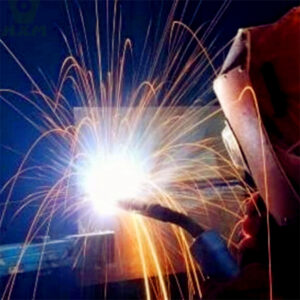
Can you solder stainless steel?
Soldering stainless steel may seem like a daunting task, but it’s not impossible. Imagine you’re a jeweler, tasked with repairing a beloved family heirloom that’s made of stainless steel. You know that welding it is not an option, but the customer wants the piece to look as good as new. What do you do? You turn to soldering.
Also kënnt Dir solder stainless steel?
Jo, Edelstol ze solden ass schwéier well et en héije Schmelzpunkt huet an net liicht solder akzeptéiert. Schweißen oder Lötung gëtt normalerweis amplaz benotzt.
With the right tools and techniques, Welding or brazing can be a great way to bond stainless steel without damaging the piece. In this article, we’ll explore the ins and outs of soldering stainless steel, and show you that it’s possible to create a strong and beautiful bond that will last for years to come. So, if you’re curious about whether or not you can solder stainless steel, keep reading.
What are the different types of soldering methods for stainless steel?
There are several methods for soldering stainless steel, each with its own advantages and disadvantages. The most common methods include:
Silver brazing:
This method uses a silver alloy to create a strong, durable bond between stainless steel pieces.TIG welding:
Tungsten Inert Gas (TIG) welding can also be used for soldering stainless steel. This method uses a tungsten electrode to heat the metal and a filler rod to join the pieces.MIG Schweess:
Metal Inert Gas (MIG) welding can also be used for soldering stainless steel. This method uses a wire feed and an inert gas to create a strong bond between the pieces.Resistance welding:
This method uses electrical resistance to heat the stainless steel and create a bond between the pieces.Laser welding:
This method uses a high-energy laser beam to heat and join the stainless steel pieces.
The choice of method will depend on the specific application and the requirements for strength, durability, and corrosion resistance. It is important to choose a method that will provide a strong and reliable bond for the intended use.
What kind of solder should be used for stainless steel?
When soldering stainless steel, it’s important to choose the right type of solder. Generally, solders with a high silver content are recommended because they offer better bonding strength and corrosion resistance. Common solder alloys for stainless steel include silver-based solders, such as those containing silver, copper, and zinc.
It’s also important to use a flux that is specifically formulated for stainless steel. The flux helps to prevent oxidation during the soldering process and promotes adhesion between the solder and the stainless steel surface. Some recommended fluxes for stainless steel soldering include those containing boron, zinc chloride, or ammonium chloride.
It’s important to follow the manufacturer’s instructions for both the solder and flux to ensure proper bonding and avoid any potential issues with corrosion or strength. Additionally, it’s important to properly clean and prepare the stainless steel surface prior to soldering to ensure a strong and durable bond.
Is it difficult to solder stainless steel compared to other materials?
Yes, soldering stainless steel can be more challenging than other materials due to its high thermal conductivity and low thermal expansion coefficient.
It requires a high temperature and a special type of flux to remove the chromium oxide layer that protects the stainless steel from corrosion. Additionally, stainless steel has a tendency to warp and distort when exposed to heat, making it important to use proper techniques and equipment to prevent damage.
However, with proper preparation, the right equipment and materials, and good technique, soldering stainless steel can be successfully accomplished. Experienced welders and metal workers are often able to achieve excellent results with stainless steel soldering.
Can stainless steel be soldered without the use of flux?
Yes, oldering stainless steel without flux is possible, but it’s not recommended.
Flux helps to remove any oxides or contaminants on the surface of the stainless steel, allowing the solder to bond properly. Without flux, the solder may not adhere well, resulting in weak or incomplete joints. Additionally, without flux, the soldering process may take longer, and the chances of overheating or damaging the stainless steel are increased. It’s best to use a suitable flux for stainless steel soldering to ensure the best results. The type of flux used depends on the soldering method and the specific stainless steel alloy being soldered. Using the wrong flux can lead to poor joint quality or even corrosion over time. Therefore, it’s essential to consult with a professional or refer to the manufacturer’s guidelines to ensure the correct flux is used for the soldering process.
Can you solder different grades of stainless steel together?
No. Soldering different grades of stainless steel together can be challenging due to the varying levels of alloy content and composition.It is recommended to avoid soldering dissimilar grades of stainless steel, as it can result in corrosion and compromised mechanical properties.
However, if soldering is necessary, it is important to use a solder that is compatible with both grades of stainless steel and to carefully consider the joint design and preparation to ensure a strong and durable bond. Welding or brazing may be better options for joining dissimilar grades of stainless steel. It is always recommended to consult with a qualified metallurgist or welding engineer before attempting to solder different grades of stainless steel together.
What temperature is required to solder stainless steel?
The temperature required to solder stainless steel depends on the type of solder and flux being used. Typically, a temperature between 600 and 800 degrees Fahrenheit is required to melt the solder and create a bond with the stainless steel. It is important to note that overheating the stainless steel can cause damage to its properties and lead to the formation of heat-affected zones.
Additionally, it is important to use a soldering iron or torch with good temperature control to prevent overheating and to ensure consistent heating of the solder joint. It is also recommended to use a temperature indicator such as a thermocouple to monitor the temperature of the joint during the soldering process.
Overall, the temperature required for soldering stainless steel is higher than that required for soldering other materials such as copper or brass, and it is important to follow proper soldering techniques to achieve a strong and durable joint.
Are there any safety precautions to take when soldering stainless steel?
Yes, there are several safety precautions to take when soldering stainless steel. First and foremost, it is important to work in a well-ventilated area to avoid inhaling any fumes produced during the soldering process. It is also important to wear protective gear, such as gloves and safety glasses, to prevent burns and exposure to soldering flux.
Additionally, it is important to use a soldering iron with a temperature control to avoid overheating the stainless steel, which can cause discoloration and weaken the material. It is also recommended to use a soldering paste or flux specifically designed for stainless steel to ensure a strong bond and prevent damage to the material.
Schlussendlech ass et wichteg follow proper disposal procedures for any waste materials produced during the soldering process, such as used soldering flux and scraps of solder. These materials can be hazardous to the environment if not disposed of properly.
How does the thickness of the stainless steel affect the soldering process?
The thickness of the stainless steel can affect the soldering process in a few ways. Thicker steel requires more heat to be applied in order for the solder to properly flow and bond with the steel. This can make the process more challenging, as the steel can warp or become damaged if too much heat is applied. Additionally, thicker steel can require a longer heating time, which can increase the risk of the solder overheating or the flux burning off too quickly.
On the other hand, thinner steel can be more susceptible to warping or melting if too much heat is applied. It can also be more difficult to create a strong bond between the solder and the steel if the steel is very thin.
Dofir ass it’s important to consider the thickness of the stainless steel when planning the soldering process. Proper temperature control and technique are crucial to achieve a successful and strong bond between the solder and the steel, regardless of its thickness.
What are some common applications where soldering is used on stainless steel?
Soldering is commonly used in various applications where stainless steel is involved. Some common examples include jewelry making, electronics assembly, plumbing, and automotive repairs.
In jewelry making, soldering is used to join various components of the piece, such as clasps and chains. In electronics assembly, soldering is used to attach components to printed circuit boards. In plumbing, soldering is used to join copper pipes to fittings made of stainless steel. In automotive repairs, soldering is used to repair exhaust systems and other components made of stainless steel.
Soldering offers a cost-effective and efficient way to join stainless steel components, especially in cases where welding may not be practical or necessary. However, it is important to choose the appropriate soldering method and materials for the specific application to ensure a strong and durable joint. Additionally, safety precautions must be taken to protect against heat and fumes generated during the soldering process.
Konklusioun
In conclusion, soldering can be a viable solution for joining or repairing stainless steel, but it requires specific techniques and materials. There are different types of soldering methods for stainless steel, and the appropriate method depends on the specific application and the type of stainless steel being used. When soldering stainless steel, it is crucial to use the correct solder and flux to ensure a strong and durable bond. Additionally, proper safety precautions should be taken, and the thickness of the stainless steel can affect the soldering process. While soldering can be a useful solution, it may not always be the best or most permanent option for stainless steel repairs. Some common applications for soldering on stainless steel include HVAC systems, medical equipment, and aerospace components. Overall, the successful soldering of stainless steel requires careful attention to detail and proper technique to ensure a strong and reliable bond.
If you want to find a trustworthy stainless steel supplier, we’d advise you to consider Sino Edelstol. As a leading supplier of stainless steel products, Sino Stainless Steel provides customers with STAINLESS Stol Läischte, STAINLESS Stol coils, STAINLESS Stol Placke, STAINLESS Stol Blieder, STAINLESS Stol Baren, an STAINLESS Stol Drot zu engem ganz kompetitive Präis.
Gitt e fräie Quot
Dësch vun zefridde
Verbonnen Posts
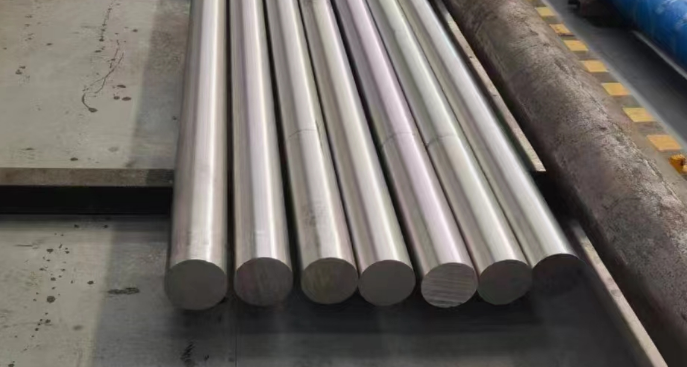
Wat ass ASTM Standard fir SS Ronn Bar?
Edelstol (SS) Ronn Baren besetzen eng pivotal Positioun wéinst hire verbreeten Uwendungen a verschiddenen Industrien. Den ASTM Standard fir SS Ronn Bar ass
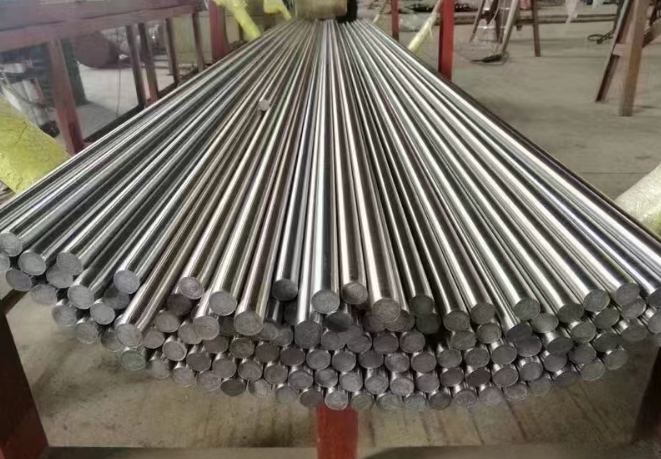
Wat ass de Präis vun SS Ronn Bar?
De Präis vun der SS Ronn Bar ass e komplext Thema, beaflosst vu verschiddene Faktoren, rangéiert vu Rohmaterialkäschten, Fabrikatiounsprozesser, Maartfuerderung, a Versuergung
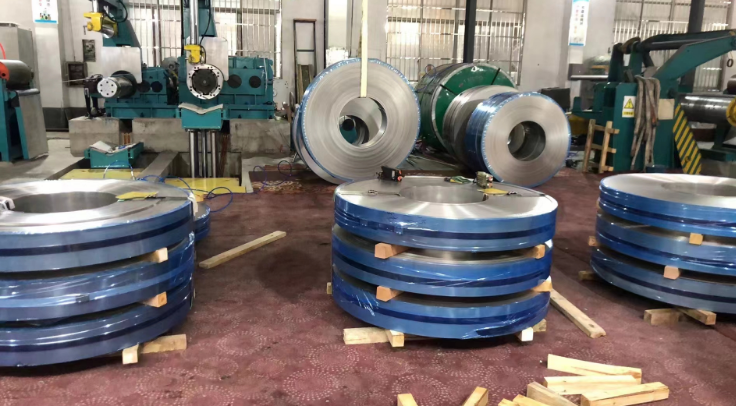
Wat sinn d'Ënnerscheeder tëscht Sträif a Blech?
Am Räich vun der Metallurgie a Materialtechnik, Sträif a Blech sinn zwee Begrëffer déi dacks austauschbar benotzt ginn, awer a Wierklechkeet hunn se
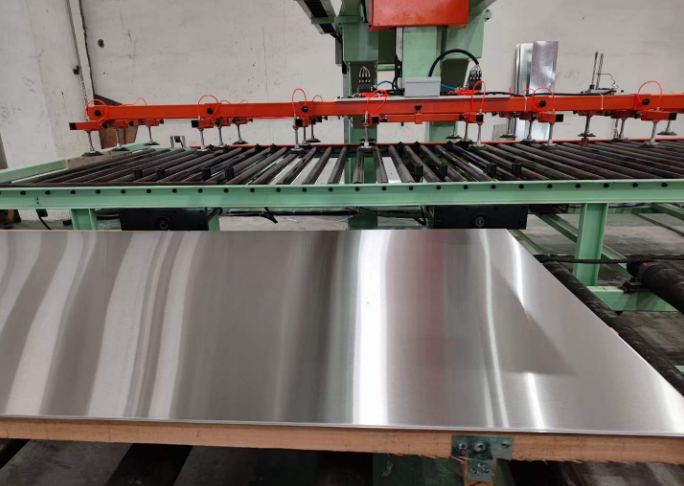
Wat ass de Präis vun 410 STAINLESS Stol Blat?
Am Räich vun der Metallurgie a Materialwëssenschaft besetzen Edelstahlplacke eng bedeitend Positioun wéinst hirer aussergewéinlecher Korrosiounsbeständegkeet an Haltbarkeet. Ënnert der
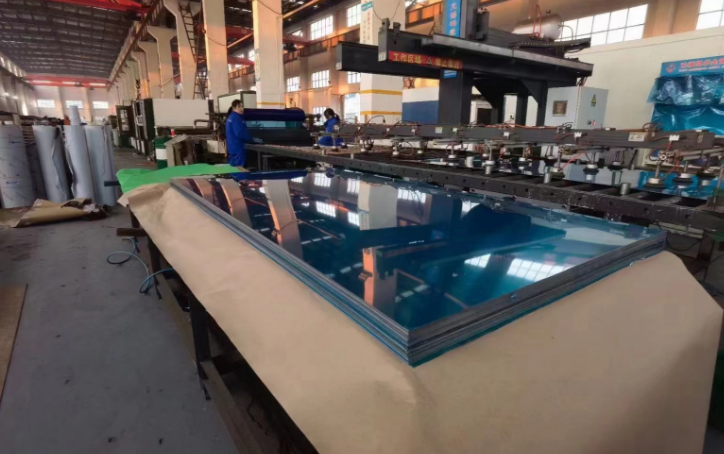
Wat sinn d'Ënnerscheeder tëscht enger Plackspiral an enger Plack?
Als erfuerene Expert am Beräich vun Metallmaterialien aus Sino Edelstol, hunn ech vill Aarte vu metallesche Forme begéint, jidderee servéiert seng
 +86-18621535697
+86-18621535697  : export81@huaxia-intl.com
: export81@huaxia-intl.com